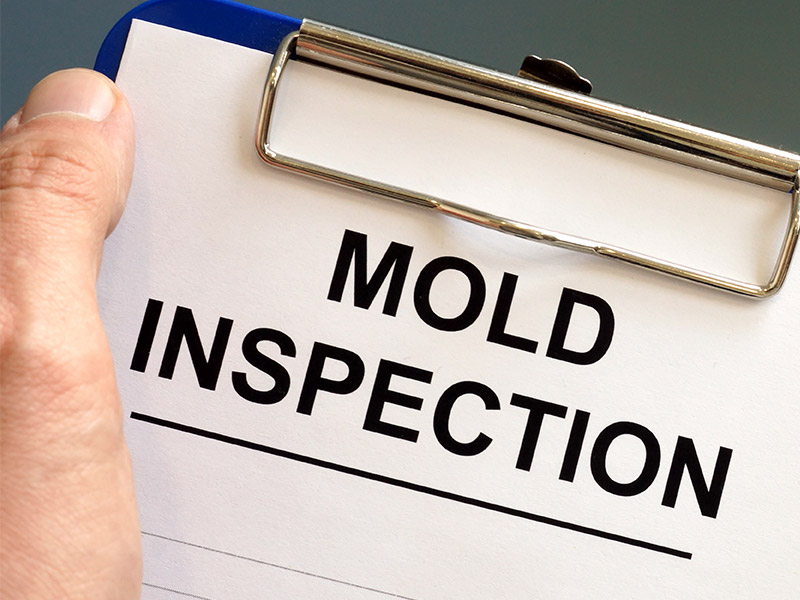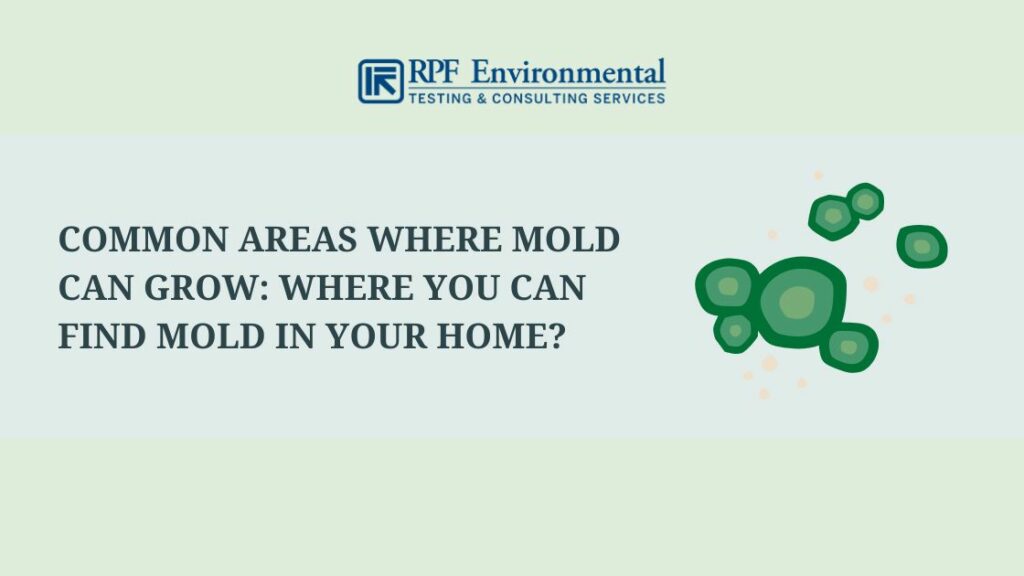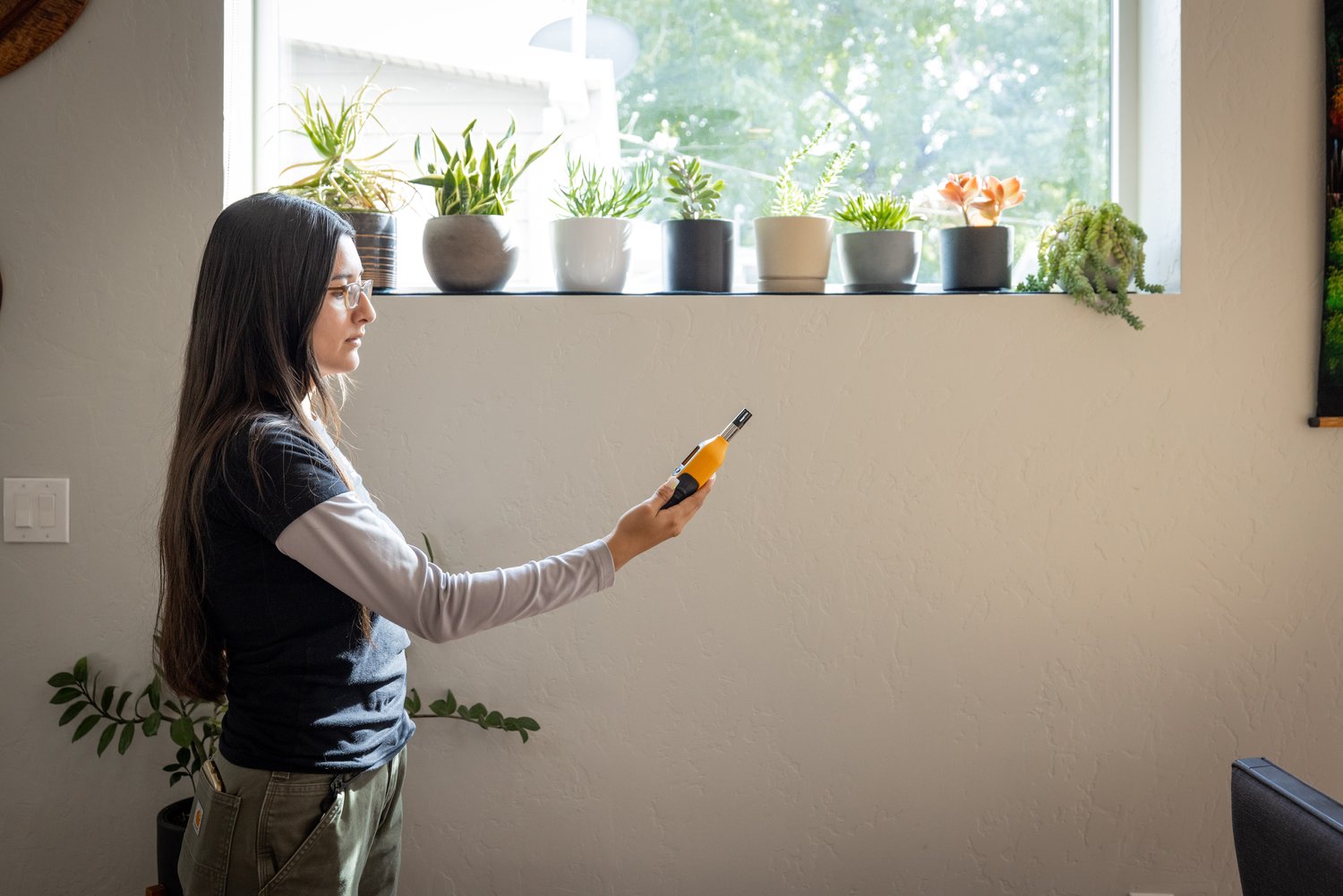How Mycotoxin Screening Aids Avoid Contamination and Safeguard Food Supplies

Mycotoxin screening is an essential method in the food sector, offering as a frontline defense versus contamination by harmful toxic substances created by mold and mildews. Via the application of advanced strategies like High-Performance Liquid Chromatography (HPLC) and Liquid Chromatography-Mass Spectrometry (LC-MS), food manufacturers can properly detect and evaluate mycotoxin degrees in farming products. This proactive method not only makes certain conformity with stringent safety laws yet additionally minimizes health and wellness threats to consumers. Normal screening fortifies brand name track record and financial wellness by reducing contamination-related events. Exactly how specifically do these testing methods incorporate into the more comprehensive food safety and security strategy?
Comprehending Mycotoxins
Comprehending mycotoxins begins with acknowledging that they are hazardous second metabolites generated by particular mold and mildews, which can pollute agricultural products. These metabolites are not important for the growth or recreation of the fungi however can have serious implications for human and animal health. Mycotoxins are typically located in staple crops such as corn, wheat, barley, and nuts, where they can multiply under particular conditions of wetness and temperature level.
There are several kinds of mycotoxins, each generated by various fungal species. Fusarium types generate trichothecenes and fumonisins, both of which are associated with numerous severe and persistent health and wellness problems.

Risks of Mycotoxin Contamination
The threats of mycotoxin contamination are complex, posturing considerable threats to both food safety and public health and wellness. Mycotoxins, poisonous substances created by certain kinds of fungi, can infect a large range of agricultural items consisting of grains, nuts, flavors, dried out fruits, and coffee. As soon as these contaminants infiltrate the food supply, they can cause major wellness problems such as liver damages, kidney failure, and also cancer. Vulnerable populaces, including kids, the elderly, and immunocompromised individuals, are especially at danger.
Financial impacts are one more significant concern. Infected crops can cause significant monetary losses for farmers and food producers due to decreased returns and the need for expensive decontamination actions. Global trade can be substantially prevented as countries apply stringent mycotoxin laws to shield their populaces, leading to rejected deliveries and strained trade relationships.
Ecological elements such as environment modification aggravate the danger of mycotoxin contamination. Variants in temperature and humidity can produce beneficial conditions for fungal growth, boosting the possibility of contamination occasions. Thus, understanding and mitigating these threats are important for guaranteeing the safety and honesty of worldwide food supplies.
Techniques of Mycotoxin Evaluating
Precisely determining mycotoxin contamination in farming products is essential for protecting public health and keeping food security requirements. Different techniques are used to spot and quantify mycotoxins, each offering specific benefits and limitations.
High-Performance Fluid Chromatography (HPLC) is an extensively used approach as a result of its high level of sensitivity and precision. It includes dividing mycotoxins from other materials in an example, making it possible for precise quantification. Fluid Chromatography-Mass Spectrometry (LC-MS) integrates liquid chromatography with mass spectrometry to offer detailed molecular details, making it specifically valuable for identifying multiple mycotoxins all at once.

Gas Chromatography-Mass Spectrometry (GC-MS) and Thin-Layer Chromatography (TLC) are likewise employed, each with distinct applications. GC-MS is efficient for volatile mycotoxins, while tender loving care uses a simpler, economical option for initial testing.
Benefits of Regular Evaluating
Regular testing for mycotoxins in farming items uses many benefits, considerably contributing to public health and food safety and security. By determining contamination early, normal testing aids stop the circulation of harmful foods, therefore reducing the danger of mycotoxin-related health problems among consumers. This proactive approach not just safeguards human health but also boosts the total top quality of food supplies.
Regular testing likewise sustains regulative compliance. Different nations and areas have actually developed rigid restrictions for mycotoxin degrees in food and feed. Abiding by these limits with normal screening makes certain that vendors and producers fulfill lawful requirements, thus preventing charges and profession barriers. In addition, maintaining compliance fosters customer count on and brand credibility, which are crucial for market success.
Additionally, regular mycotoxin testing can straight from the source bring about substantial financial benefits. Early detection of contamination allows for prompt intervention, lowering prospective losses from widespread contamination. Implementing regular screening procedures can also decrease recall prices and associated liabilities, which can be monetarily ravaging.
Moreover, routine testing offers important data that can educate far better farming practices and storage conditions. By comprehending patterns of contamination, manufacturers can adopt safety nets, thus contributing and lowering future dangers to the sustainability of the food supply chain.
Carrying Out Checking Protocols
Applying reliable mycotoxin testing procedures is vital for making sure the security and top quality of agricultural products. Developing a robust testing structure entails several vital steps, starting with the identification of prospective contamination points within the production and supply chain. This consists of pre-harvest, post-harvest, storage space, and distribution phases. Each stage must be inspected to pinpoint where mycotoxin contamination is most likely to occur.
As soon as important control points are recognized, choosing suitable screening methods is crucial. Typical strategies consist of enzyme-linked immunosorbent assay (ELISA), high-performance fluid chromatography (HPLC), and mass spectrometry (MS) Each method has its weak points and strengths; hence, picking the right one relies on the certain mycotoxin being checked, the called for sensitivity, and offered sources.

Finally, incorporating the testing protocols right into link a comprehensive food security administration system is a good idea. This boosts traceability and makes it possible for swift corrective actions when contamination is spotted, consequently guarding the integrity of the food supply chain.
Conclusion
Mycotoxin screening is important in protecting against contamination and guarding food products by enabling very early discovery of dangerous toxins generated by mold and mildews in farming products. Advanced techniques such as HPLC and LC-MS guarantee compliance with safety regulations and shield customers from wellness dangers. Normal screening improves brand reputation, financial security, and rely on food safety by lessening contamination-related losses and preserving high requirements in food manufacturing. Implementing rigorous screening methods is thus critical for the sector's general wellness.
Mycotoxin testing is an important method in the food sector, serving as a frontline defense against contamination by damaging toxic substances generated by mold and mildews. An incorporated strategy entailing farming techniques, storage space administration, and routine screening can reduce the risks linked with mycotoxin contamination, making sure food safety and public wellness.
The threats of mycotoxin contamination are multifaceted, positioning significant dangers to both food safety and public wellness.Regular screening for mycotoxins webpage in farming items supplies countless benefits, considerably contributing to public health and food security.Mycotoxin testing is essential in preventing contamination and guarding food materials by enabling very early discovery of dangerous toxins created by mold and mildews in agricultural products.